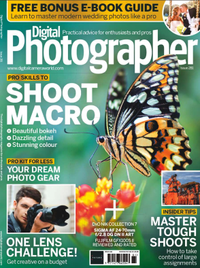Sometimes, I let my subjects know I was photographing them, sometimes I didn’t. It was a constant battle of choices, but as an outsider, I was often forgiven for my rudeness
Richard Koek on his photographic portrait of a city with fascinating contrasts
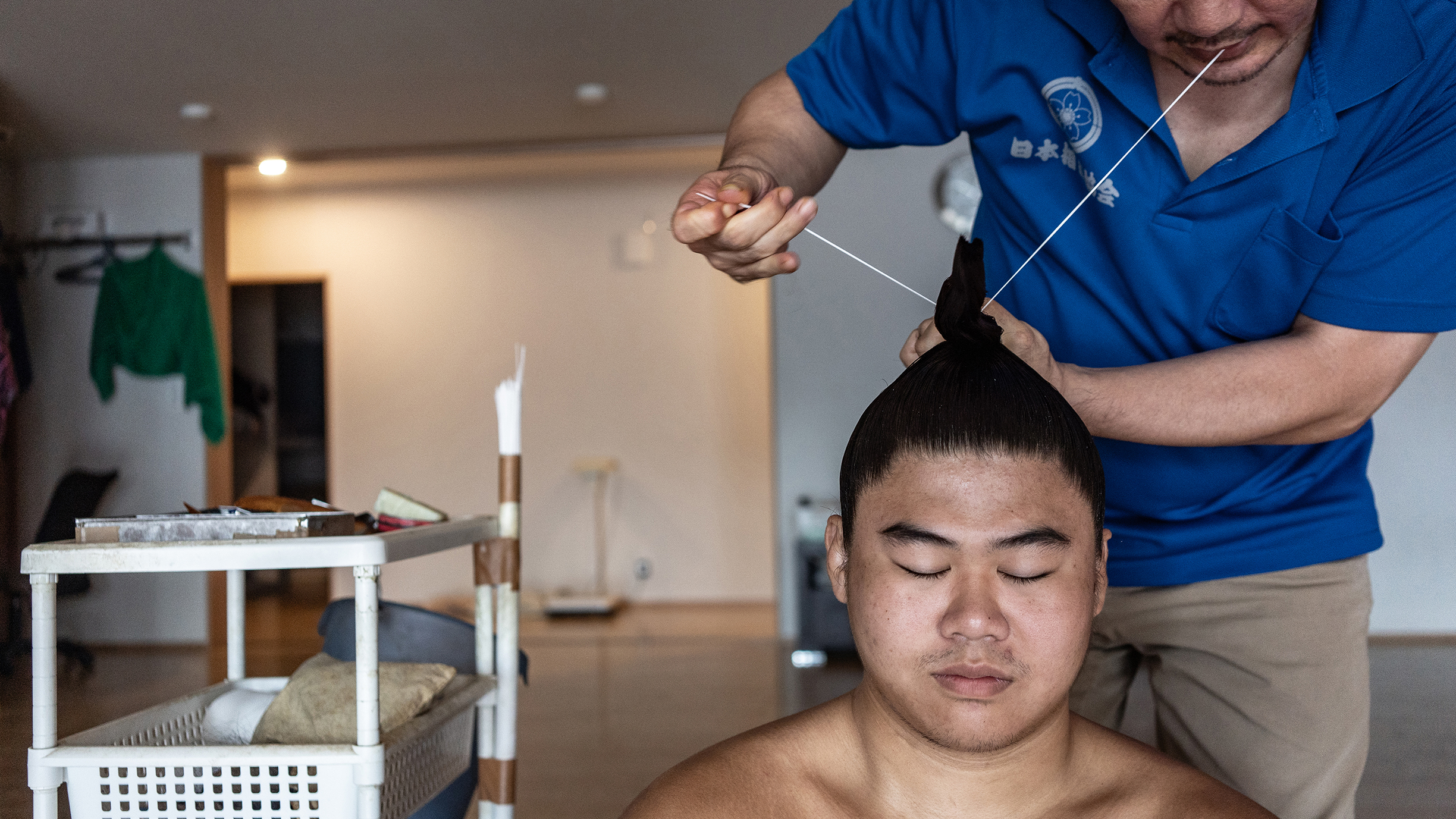
Tokyo is a vibrant and multifaceted megapolis that is home to over 14 million people. Its combination of ultramodern and traditional aspects makes it a fascinating place and a popular travel destination. Dutch photographer Richard Koek travelled to Tokyo in 2019 to capture the essence of the city, resulting in a new publication by Terra, part of the Lannoo Publishing Group. In Tokyo Tokyo, Koek has created an insightful journey into the Japanese capital, celebrating its people, their culture and the diverse landscapes that bring the city to life. Before setting out on this project, Koek aimed to avoid common misunderstandings and exotic portrayals of Japanese culture, instead, seeking out contemporary aspects, formed from traditions and innovations, through the intimate portrayal of daily life. The result is a refreshing perspective.
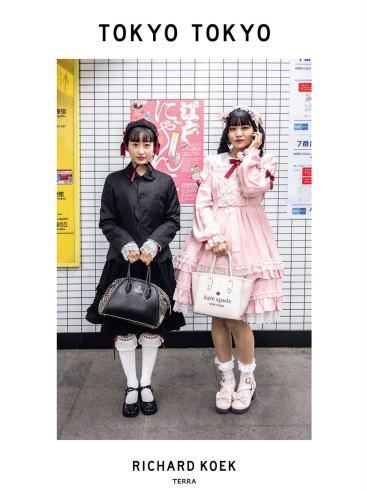
Richard Koek’s book Tokyo Tokyo features over 200 colour and 20 black-and-white images of this vibrant city, where tradition meets innovation. Published by Terra, part of the Lannoo Publishing Group, the book is priced £55/$70.
“Every picture tells a story that is authentic to my personal experience, but what the viewer experiences by looking at my photographs may be completely different,” says Koek. “The fact my photographs evoke stories in others, I find more powerful than my own take.”
Koek takes us on a journey, challenging our prejudices and perceptions, and encapsulating a rich narrative of Tokyo’s culture and beauty – from intimate moments of a sumo wrestler having his hair done to enchanting scenes of burlesque dancers, a traditional Tebori tattoo artist putting the finishing touches to an eight-year project and street scenes at the Shibuya Crossing that look like stills from a movie.
Interview
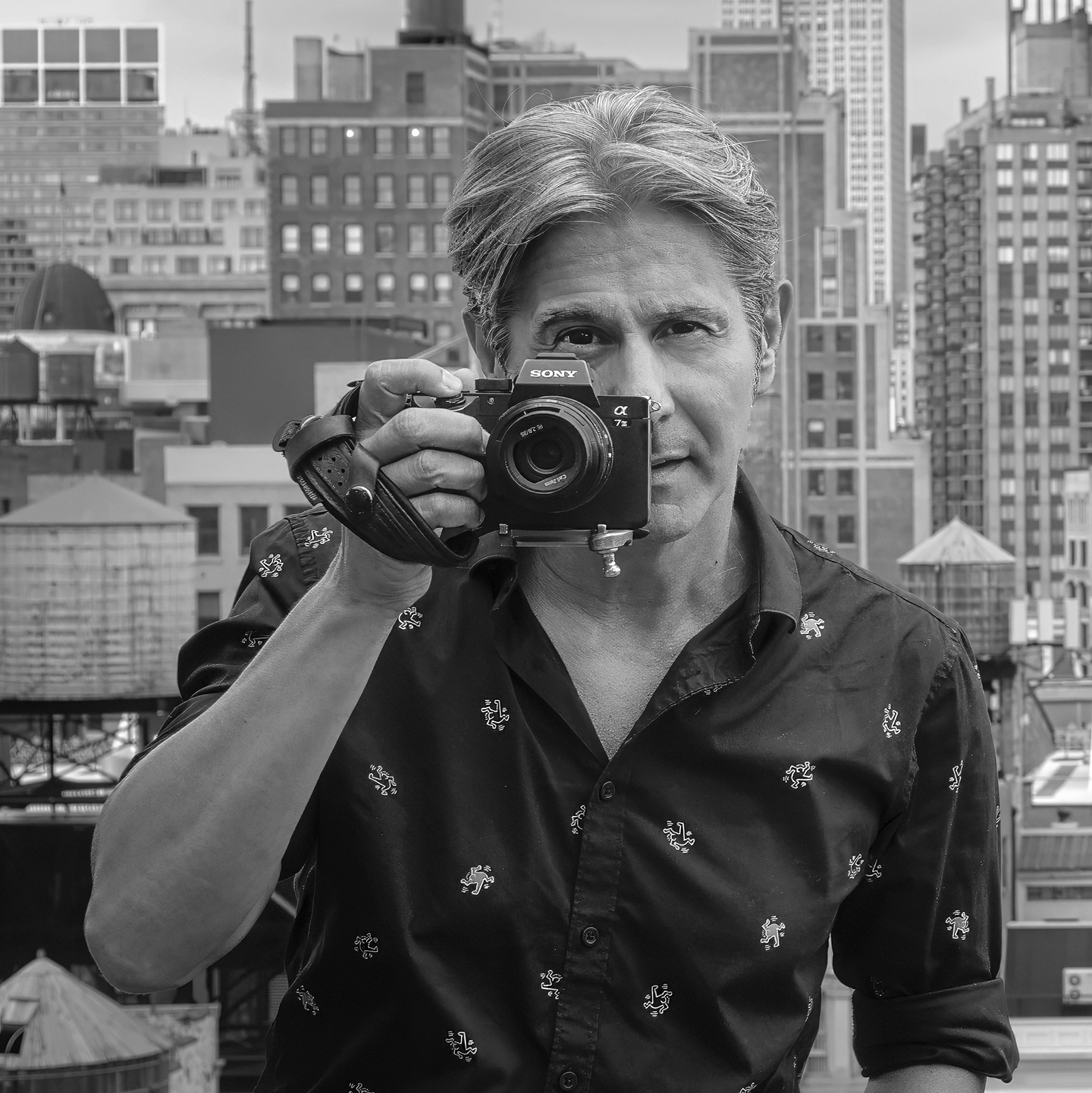
Richard Koek is a Dutch-Argentinian photographer who gave up practising law to move to New York City and pursue his passion for photography. His images have been displayed in the National Archives of Holland, the Dutch Ministry of Foreign Affairs and the Royal Tropical Institute of Amsterdam.
Richard, how did 'Tokyo Tokyo' come about and why did the city grab your interest?
I visited Tokyo in 2019, just before the Covid-19 pandemic first hit the Far East. I emailed some photos to my publisher with a note asking ‘How about a new book?’ They reacted with enthusiasm – in all honesty, it was probably because the Tokyo Olympics were coming up in 2020. We all know how Covid messed that up in the end, however, the publisher agreed to the assignment of making my second book.
Tokyo first caught my interest because of its sheer size – it is absolutely massive. What caught my interest even more was the fact that the city did not match my expectations. It was a completely different city from that
I imagined. However, my imagination was shaped by what is fed by the mainstream media, so I felt that I needed to do something to address this disconnect between the myth and the reality of Japan.
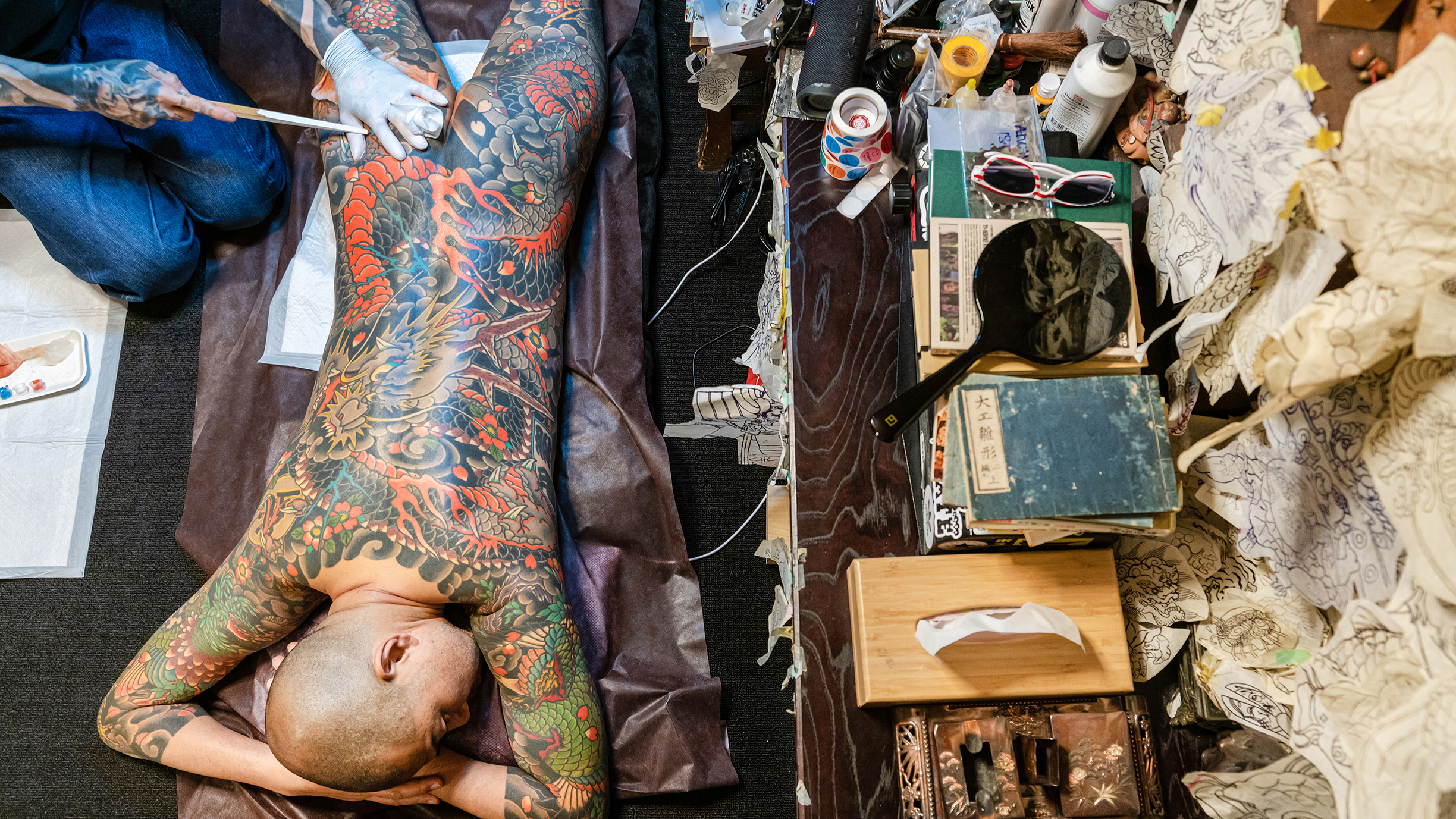
What techniques or approaches did you use to capture the unique atmosphere and energy of this bustling city?
The techniques were similar to those I used when I made my first book, New York, New York. I wandered the streets of Tokyo and captured whatever I deemed beautiful. My street photography technique involves trying to blend in with the people or into the street scene. Being a fly on the wall, observing intensely and somehow making sense of the visuals that caught my attention. Often, I could see the potential in a backdrop or lighting situation and I’d wait there patiently in the hope that a missing link would make it complete. However, I also needed to try to connect with the people living there. Since I don’t live in Tokyo, I prepared meetings with locals in the hope that they could introduce me to certain micro-environments.
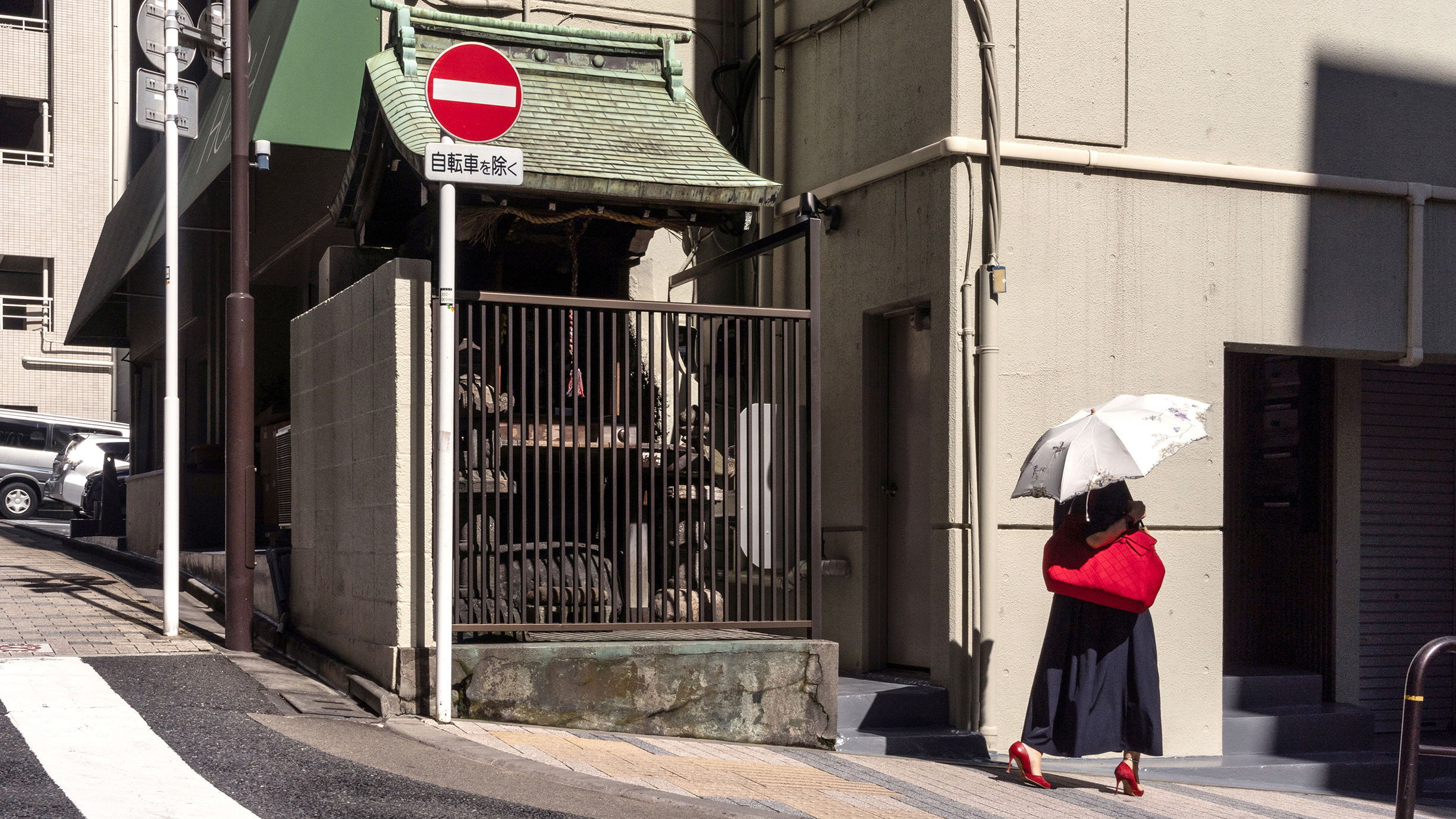
You shine a spotlight on some of the many contrasts that the city has to offer. How did you manage to visualise this?
The duality of Tokyo is the fabric of mundane daily life, into which many cultural traditions are weaved. Visualizing this is more a matter of editing and telling a narrative by mixing this daily life with the traditional aspects. Here, I was helped by the book’s graphic designer, Erik Rikkelman, who did a wonderful job.
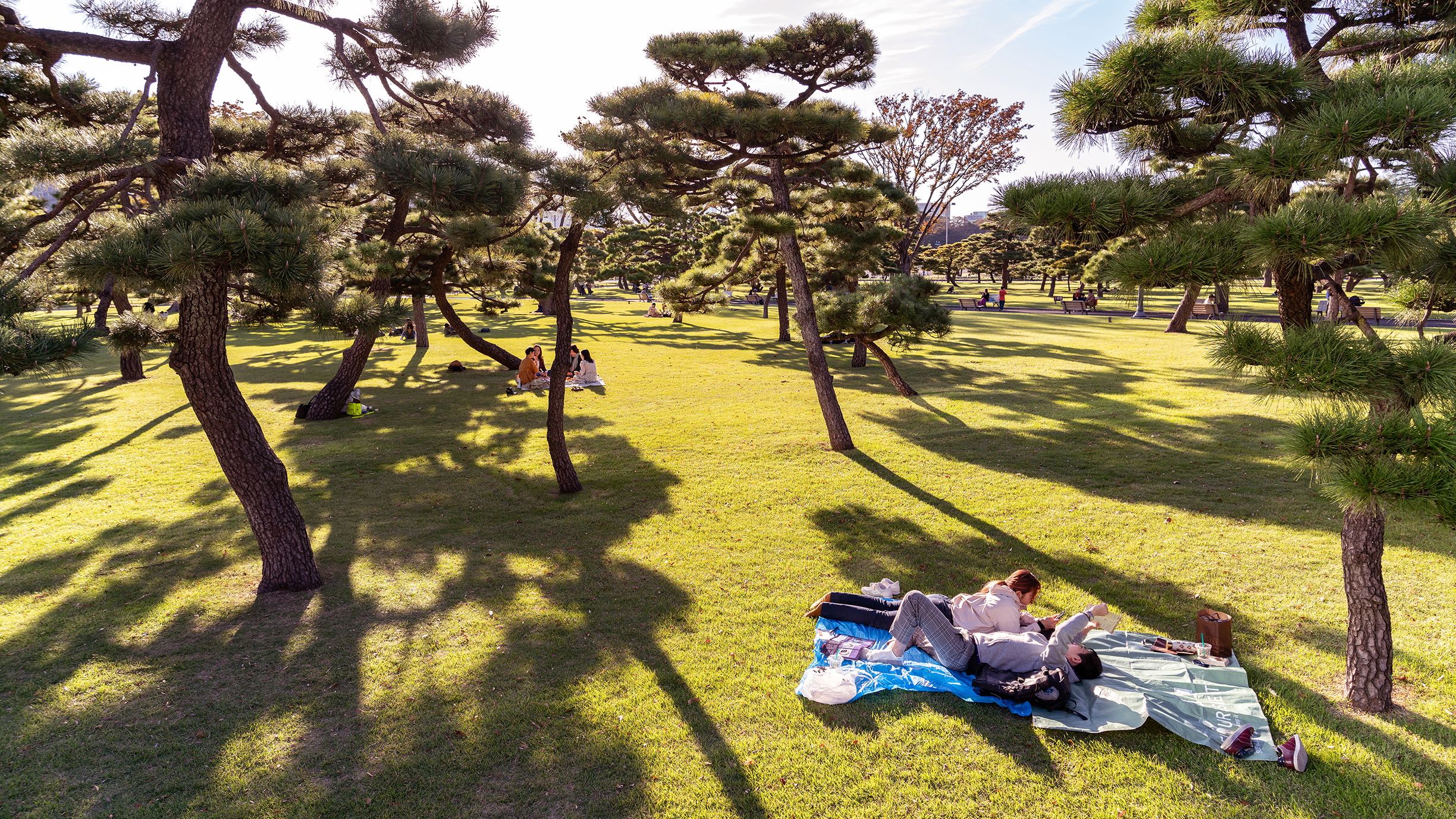
How did you approach the ethical considerations of photographing people and communities?
The ethical considerations were covered by the standards to which I hold myself. I have a set of personal rules – for example, always approach subjects with respect and kindness. However, in an environment like Tokyo, which is so culturally different, it is often unclear what the right thing to do is. I don’t know the unwritten rules of how their society works or what is deemed appropriate, so I did this with trial and error. Sometimes, I asked permission, sometimes I didn’t. Sometimes, I let my subjects know I was photographing them, sometimes I didn’t. It was a constant battle of choices, but as an outsider, I was often forgiven for my rudeness. Doing the right thing doesn’t always align with getting the right picture but my personal guides helped me to navigate this.
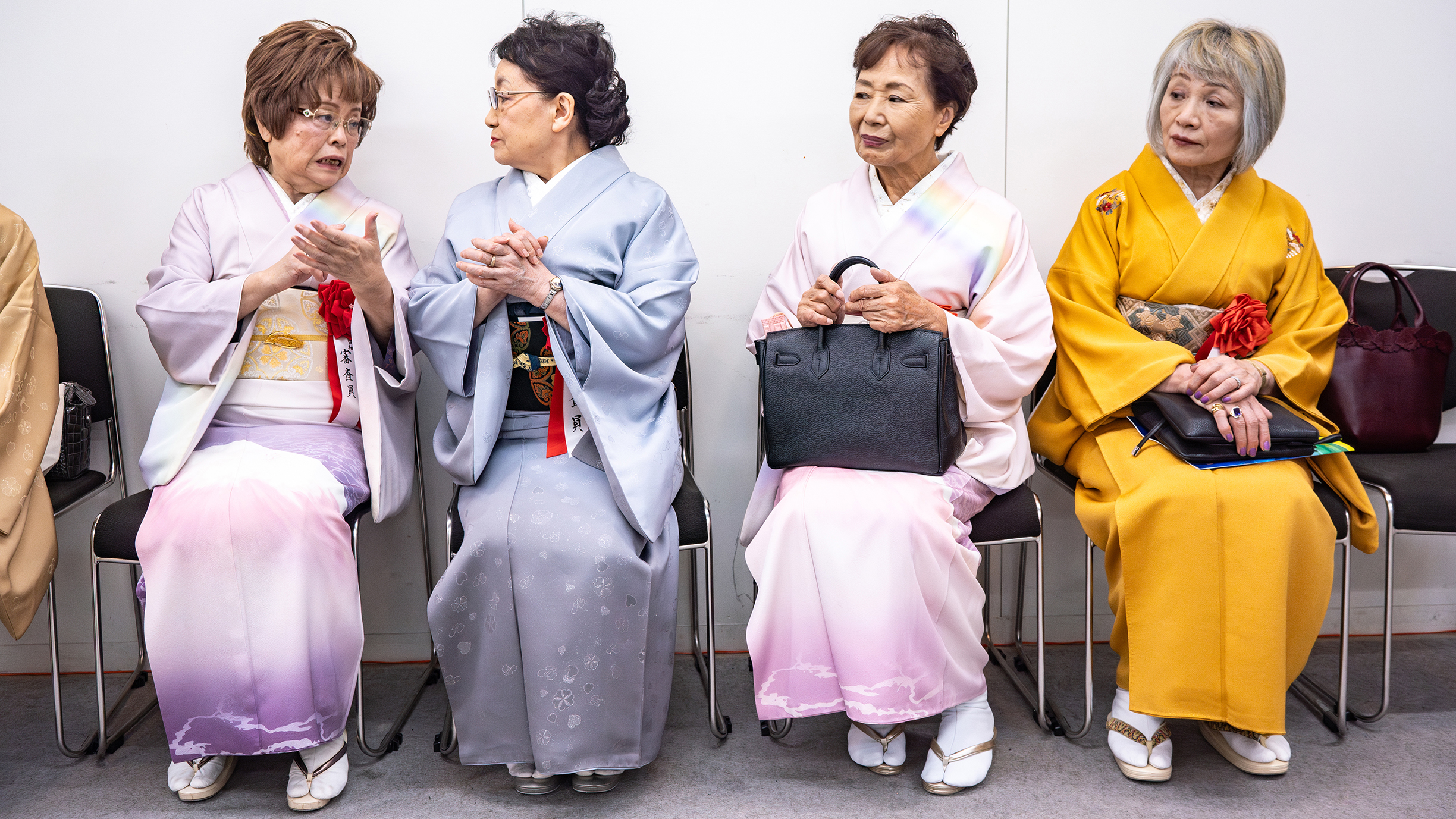
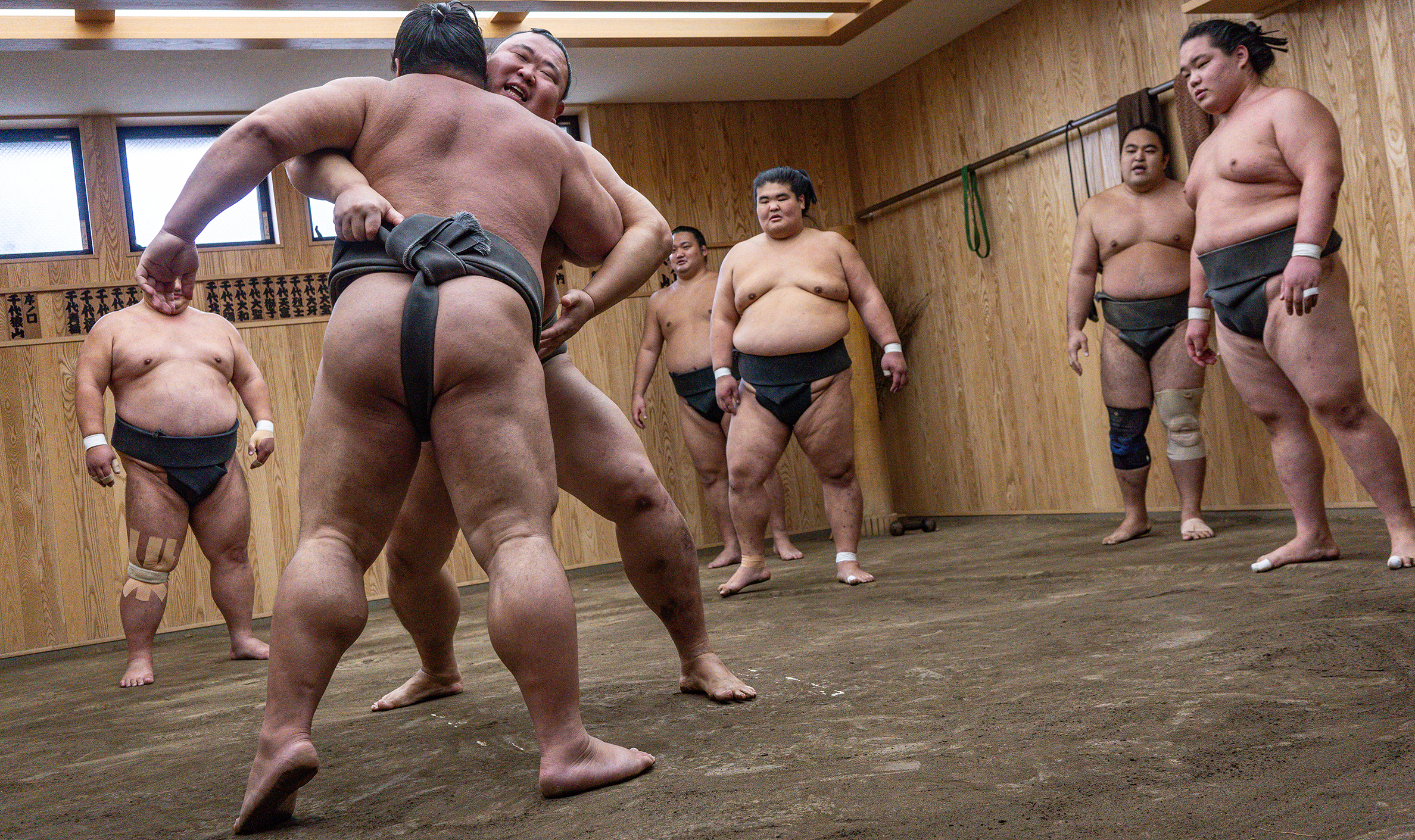
You were granted rare access to the Kokonoe-Beya sumo stable in Katsushika City. How was that for an experience?
Capturing the sumo stable was something I didn’t think would be possible. I was having lunch in a restaurant and saw this calendar of sumo wrestlers on the wall. I took a picture of that calendar thinking that might literally be as close as I could get to sumo wrestlers.
Later on, I was introduced to the artist Hiroko Takahashi. I love her research of modern design and traditional attire. Her manager told me she also designed the attire of a professional sumo stable. I said that it was one of my dreams to photograph a sumo stable, but I never asked if I could be given access – I didn’t want to show the needy go-getter in me. The next day, we were on our way to a tea ceremony when he told me: ‘You are a lucky guy, we are able to visit the sumo stable for your photos’. So, I visited the stable – it was a modern building in a residential area, like a normal house in which the living room area was turned into the circular dohyo (arena). Over 20 wrestlers lived in this stable and on the second floor, there was one huge room where they all sleep. One wrestler eats the equivalent of four normal-sized people. This means that, every day, food has to be prepared for the equivalent of 100 people – I found that fact mind-blowing.
Before entering the stable, I was given certain rules and things I wasn’t allowed to photograph, so I was a fly on the wall and photographed the wrestlers without communicating or interacting with them. I had to comply with these rules, as it was a huge honour to be allowed access and that shouldn’t be taken for granted.
After each practice session, the stable hairdresser fixes the hair of the wrestlers. You see this massive man in such a gentle situation, where self-care, beauty and tradition are combined. I thought this was a wonderful juxtaposition on the theme of masculinity.
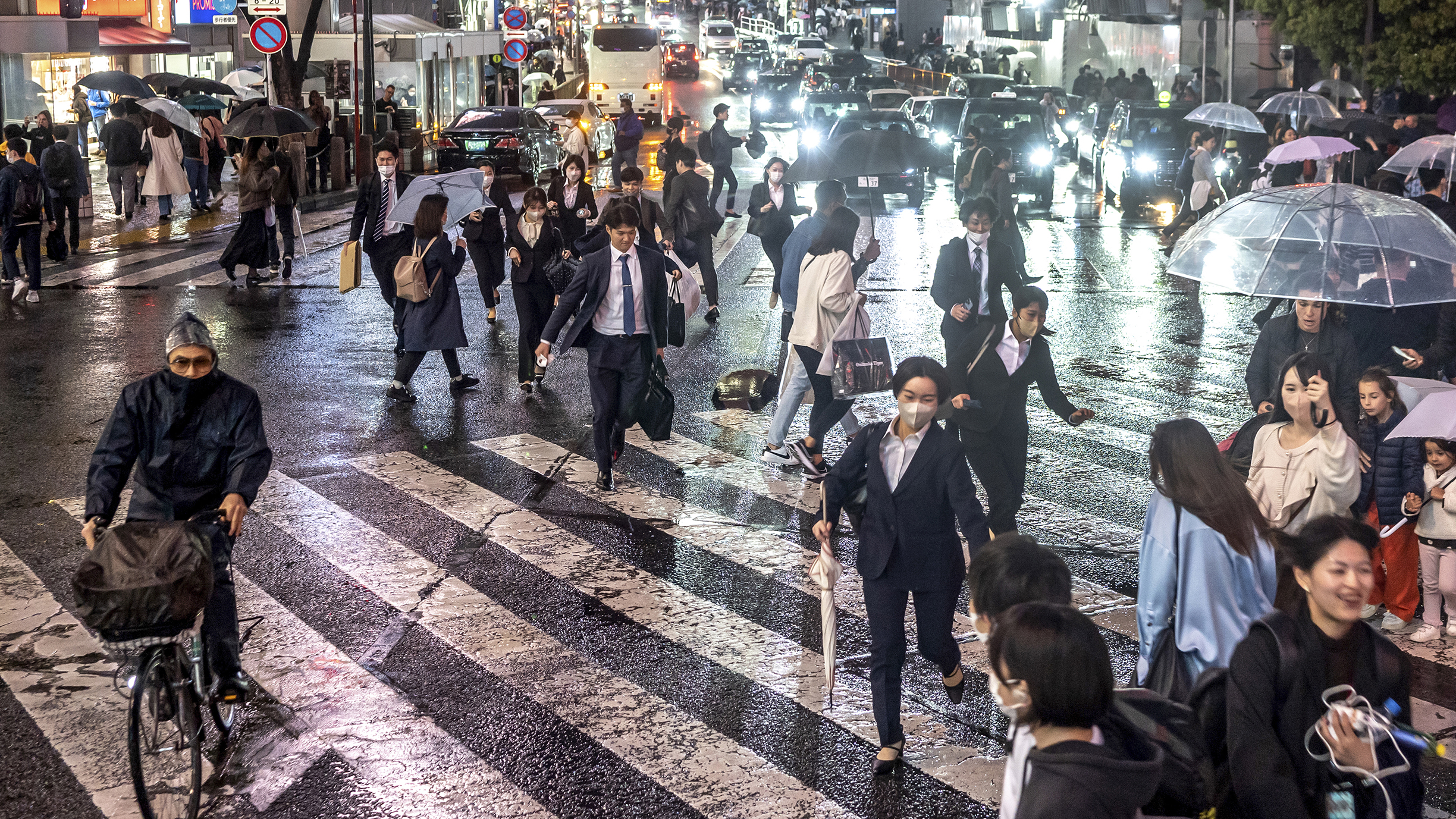
Were there any particularly challenging situations that you encountered while creating your photographic work?
The most challenging situations turned out to be blessings – the fact that I didn’t speak the language meant that all I could do was smile and make gestures. What at first seemed to be a huge challenge to overcome actually turned out to be a perfect way to connect.
I was walking around the city with no clue what people were saying, nor what was written down – the perfect bubble for any street photographer. It made me profoundly happy in what I was doing and that spilled over to the subjects I encountered. The most difficult scene to photograph was the mass of commuters in Shinagawa station. I’m still not sure it worked, it was difficult to transcend the enormity of this continuous stream of people and workers on their way to their desks.
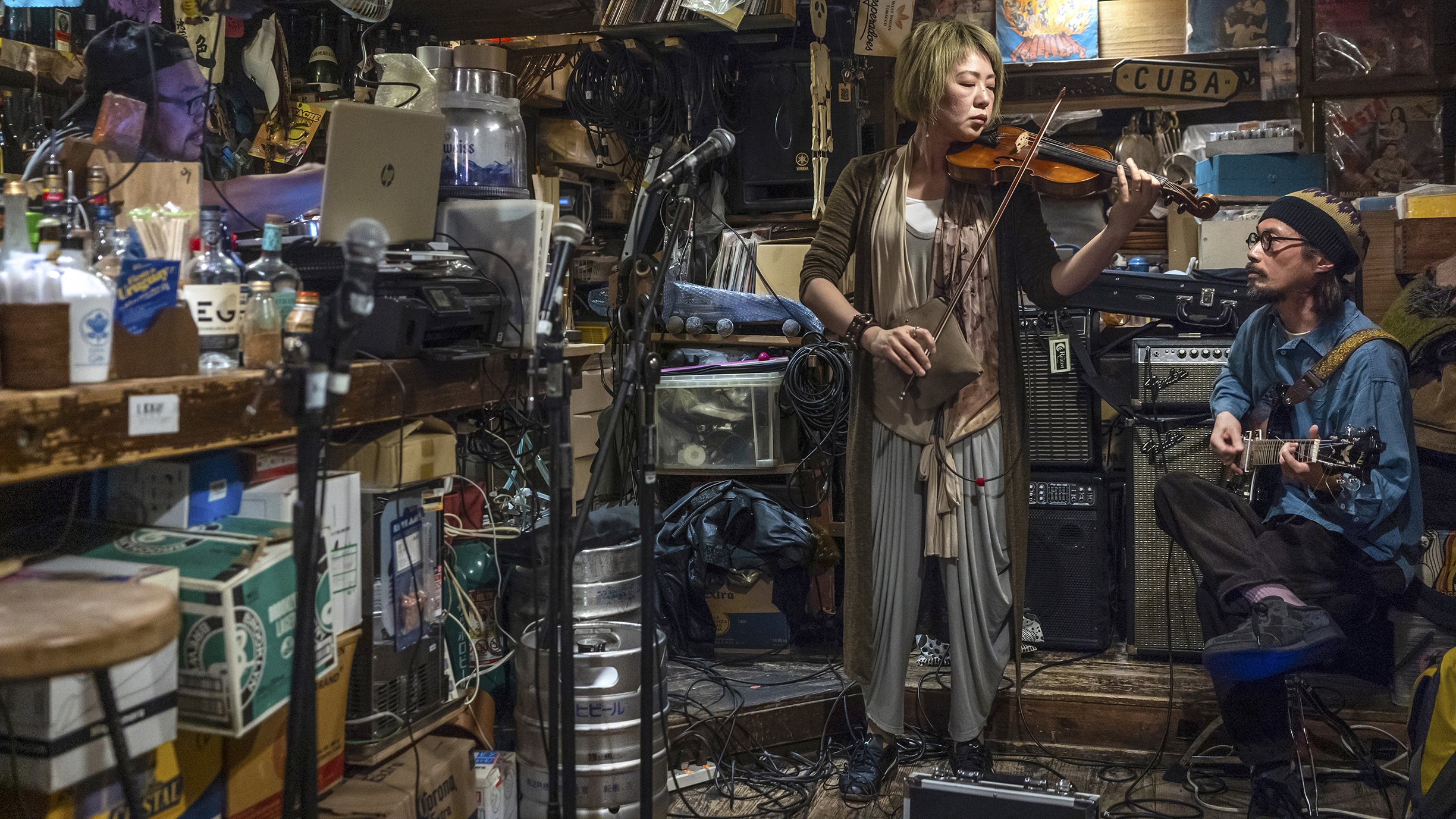
What camera equipment do you use?
I have two Sony Alpha cameras, one with a 35mm Leica lens and one with a wide-angle zoom lens. The 35mm is my main piece. Also, a belt clip as I need to have my camera handy immediately at all times. My memory card, a charger, battery, my camera. I don’t have any particular favourite kit items. They are all tools to me, like a hammer or screwdriver.
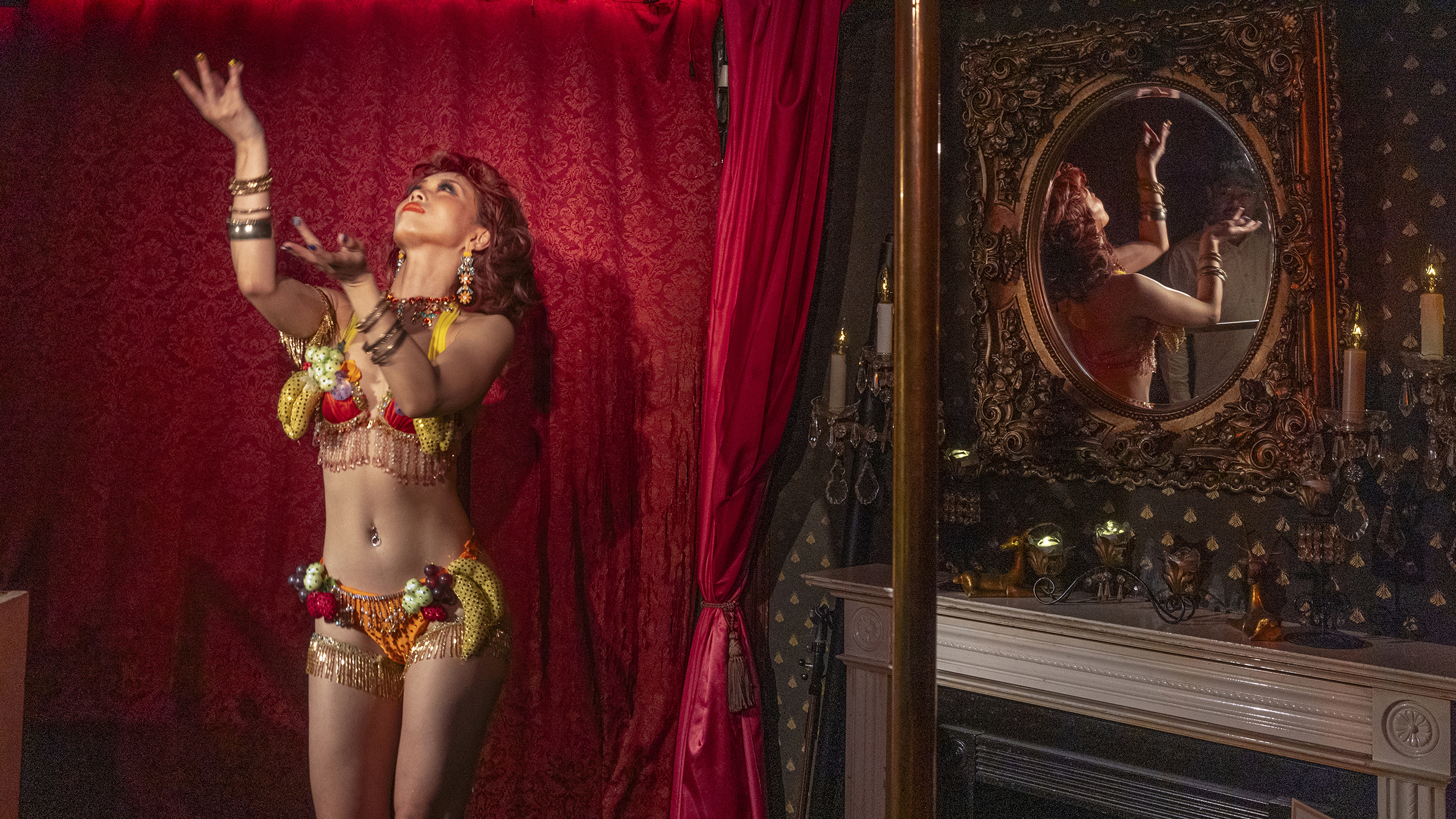
How does your work contribute to the conversation about urban life and culture?
I hope to create a connection between two worlds – those of ‘them’ and ‘us’. Yes, there are cherry blossoms, sumo wrestlers, ceremonies and temples – those elements all create a realm of ‘them’. However, the look of a schoolgirl in uniform, a woman walking on the street, tulips in front of a window or a man fishing – these are all images we can identify with and so they create a common ‘us’. I hope to show that life wherever lived is similar: we all work, we all love, we all bring our children to school and we all eat. Pointing this out is telling a story of universal connections as human beings. When you see the beauty in that, you can make profound connections and create peace.
Do you have any tips for aspiring photographers who want to capture one of the world’s largest cities?
Although I accomplished the challenge of making a beautiful book, I need to be aware of the fact that I didn’t do it alone. I received a lot of help from many people who believe in my work. It is important to keep that in mind.
The most important tip is to honour the mistakes you make because they all taught me a lesson or brought me to a new level of awareness. I also learned over the years that the less I think about why I do things, the more I bring out the best in me. Simply take action by following what feels right. I try to stay kind to people and I ask for help if I want to photograph a certain situation that is difficult to access. Most importantly, I try to put my ego aside. If people have difficulty with me being there, I simply stop. I never argue with them – my work is not that important.
Richard's kit
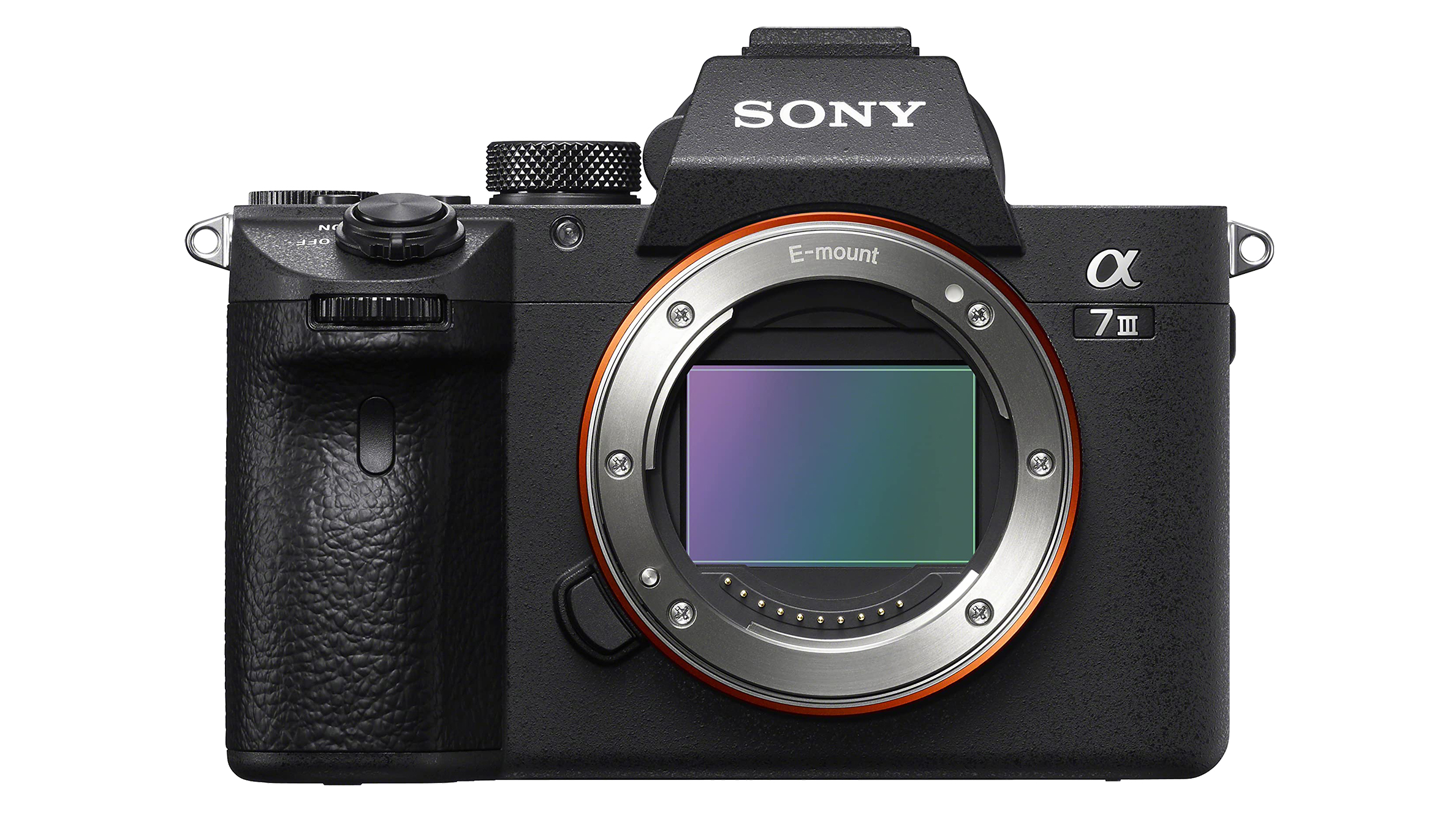
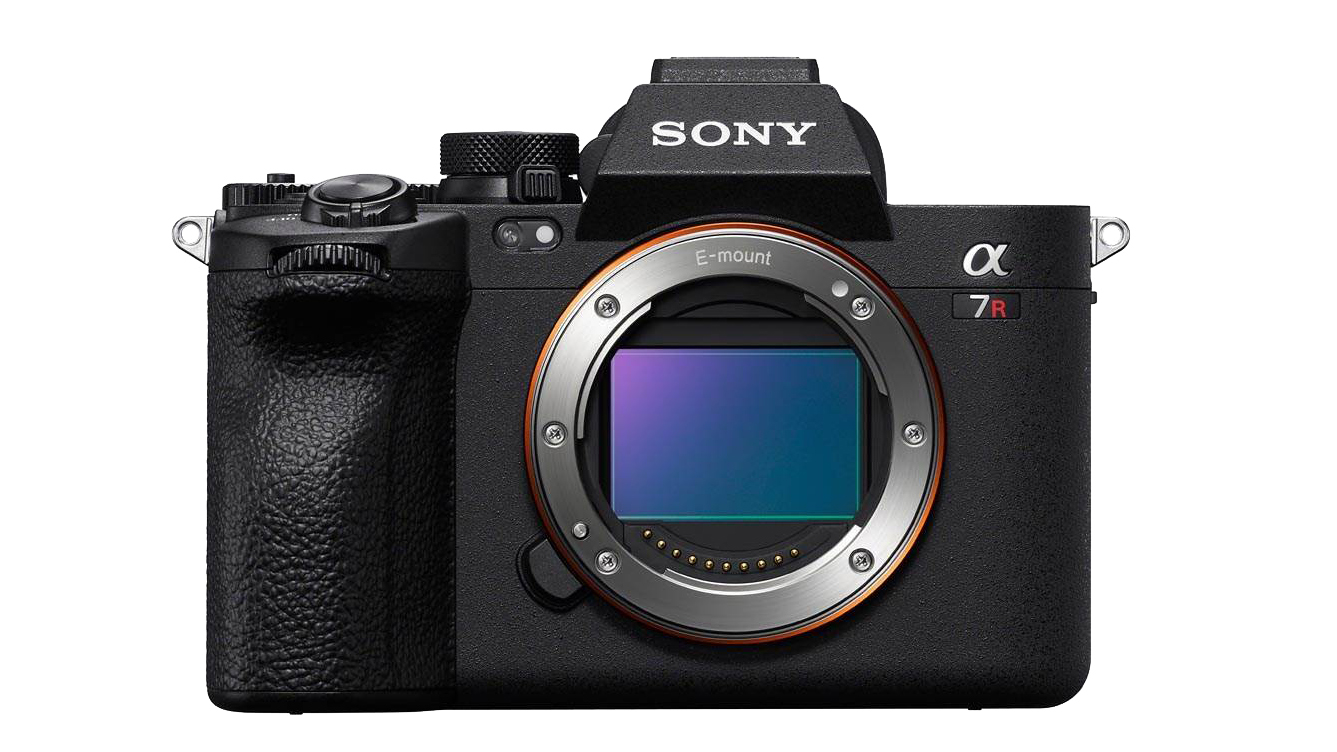
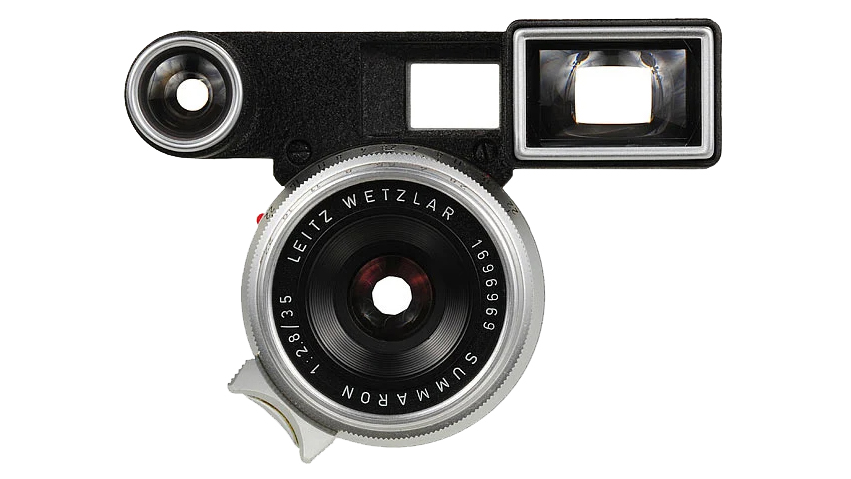
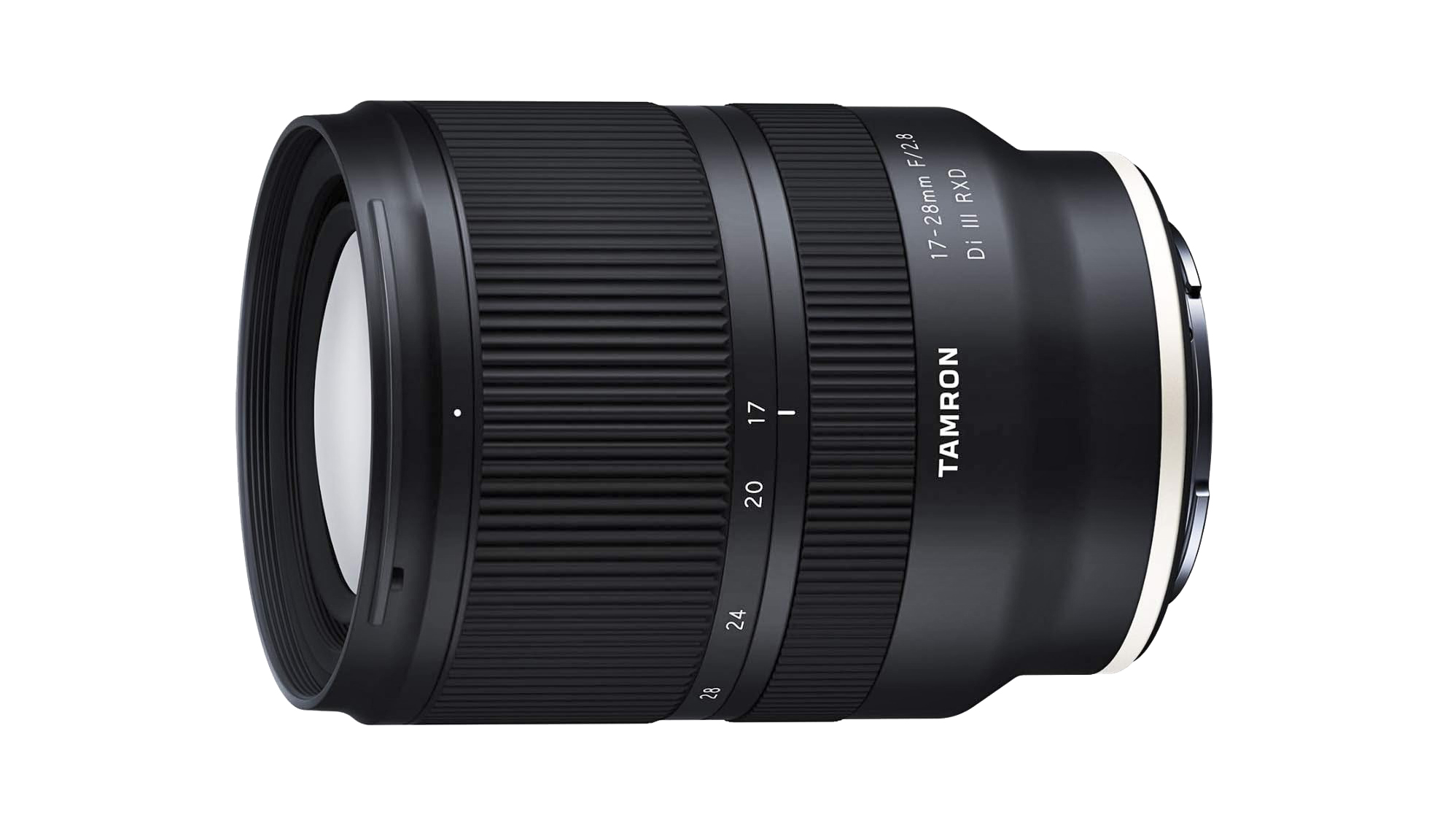
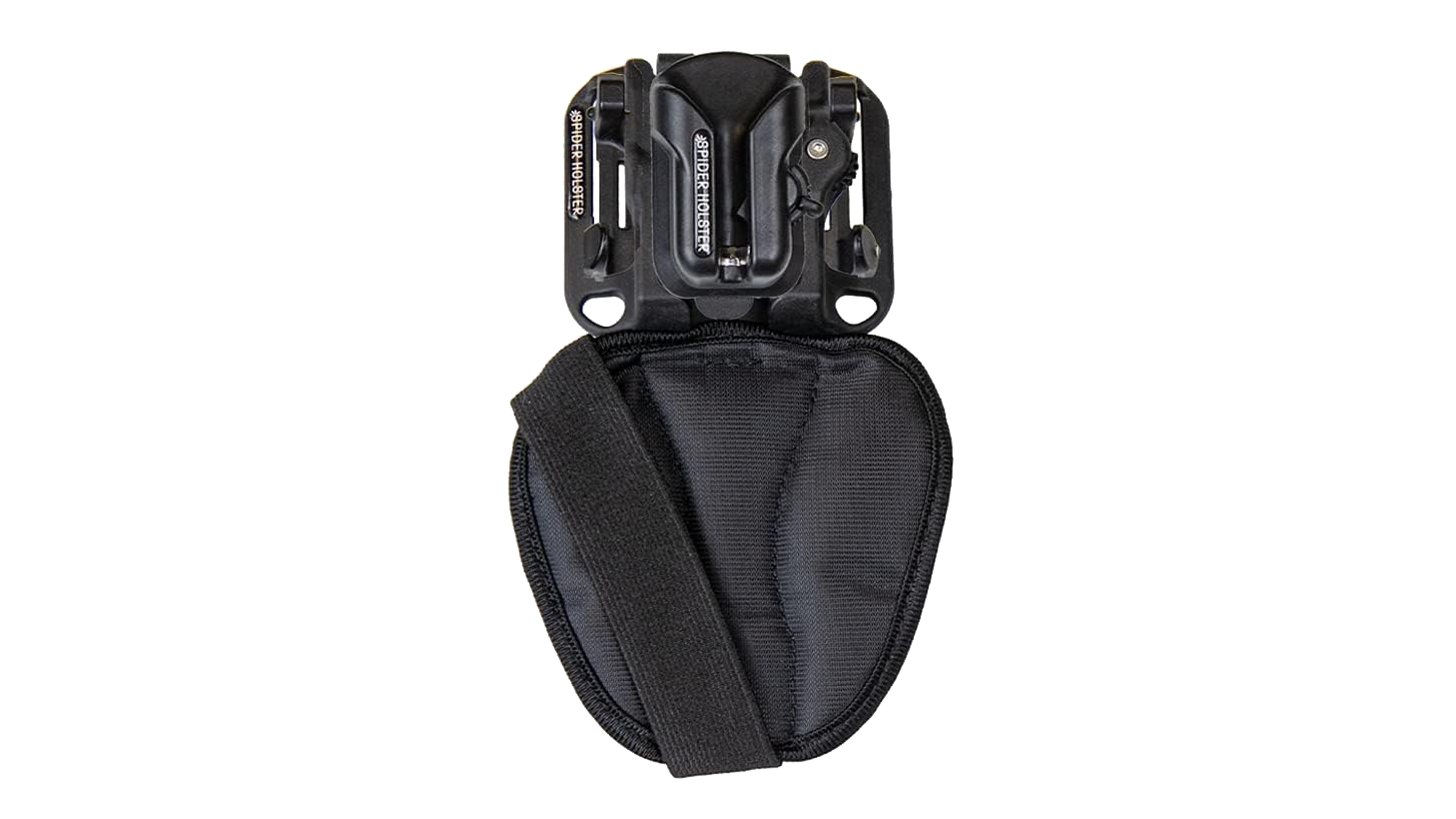
Get the best magazine for enthusiast and pro photographers delivered to your door or device with a subscription to Digital Photographer. Learn the hottest photo trends and techniques while getting essential advice on earning cash from your photography.
Get the Digital Camera World Newsletter
The best camera deals, reviews, product advice, and unmissable photography news, direct to your inbox!
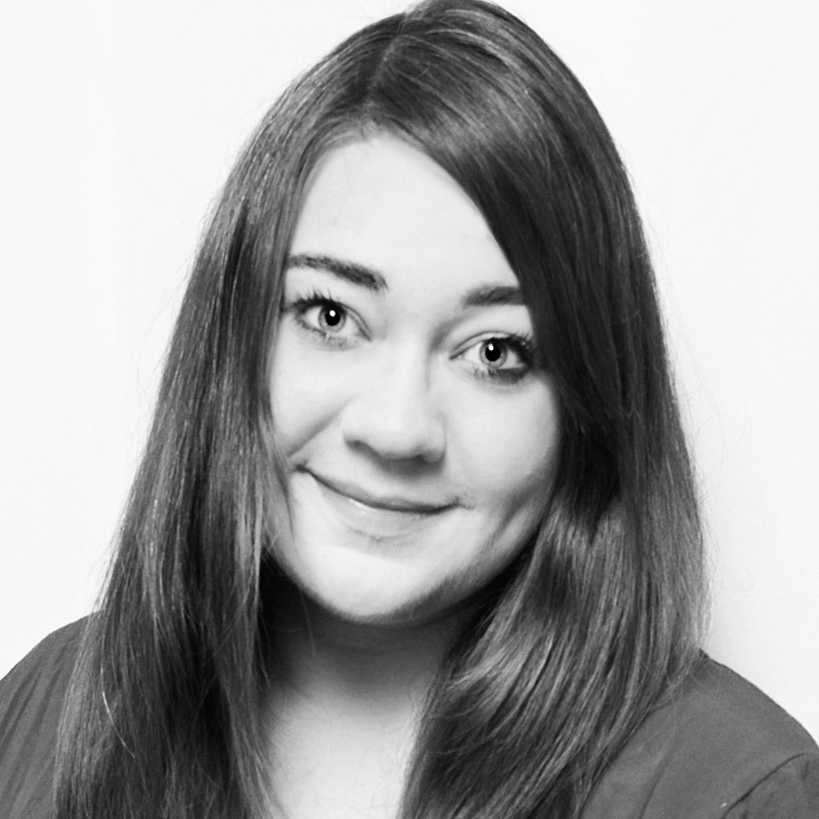
Kim is the Staff Writer on Digital Camera World, and formerly Technique Editor at Digital Photographer, focusing on the art and science of photography. With a Master’s degree in Photography and Media, she is driven to educate through an analytical approach, visually and technically. With her guides and tutorials, Kim seeks to uncover new facets of this time-honoured medium and foster a deeper understanding of its profound role in culture. Kim highlights topics that resonate with modern society, including women in photography and critical issues such as environmental conservation. She also discusses and reviews camera gear, giving you an overview to find the best fit for your photography journey.
